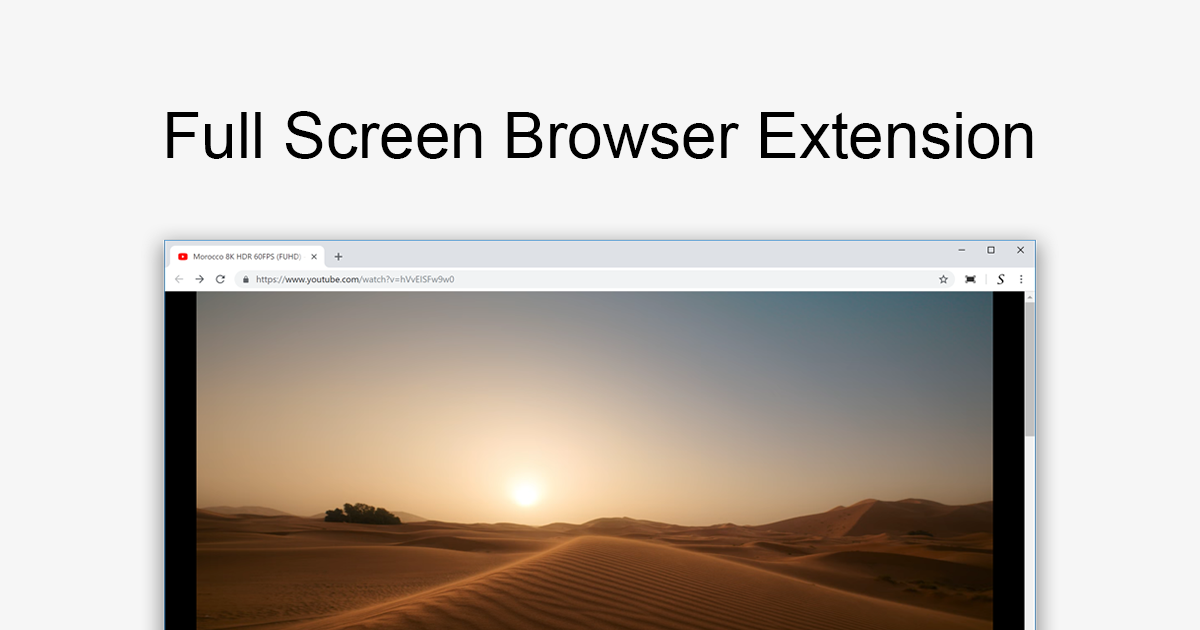

So, for Christmas this year, I was delighted to finally receive a Trust TB 5300 graphics tablet. The sort of work he produced with it was (and is) incredible and I really wanted to have a go at using a tablet for myself. My interest was rekindled when a former colleague of mine, the multi-talented artist David “Peanut” Paramore used to bring a graphics tablet in to work with him a few years ago. They all produced a load of bobbins, but it looked such fun.
Purebasic display picture full screen series#
I’ve wanted a graphics tablet ever since I watched a pretentious little series on BBC2 ( Painting With Light, 1987) where artists such as David Hockney were given the Quantel Paintbox to play with for an afternoon. I’m very proud of this set and I think it’s actually my favourite. In particular, I wanted to design a set with light mortar between distressed bricks.
Purebasic display picture full screen software#
My inspiration for these were the full-page adverts for Repton 2 and Repton 3 that Superior Software used to run in Acorn magazines at the time. I designed the set of graphics for the final set of levels (PRESTO) first. And I wanted to use stippled colours as much as possible to make the apparent colour palette seem more than the four colours that the game was limited to. I wanted to make the graphics look 1988-ish – so I used the style of later BBC games like Richochet and Star Port as inspiration. I needed to find a way to make these cages look a little less incongruous. I didn’t think that the inverted cage colour scheme for the anti-clockwise spirits worked at all. I had a few ideas for the graphics having got used to playing the game. We would also only vary the game characters that varied in the sets of screens supplied with Repton 3: namely the walls, eggs, monsters and crowns. Therefore, after talking it over with Dave and Paras we decided it would be best if I design four completely new sets of graphics for the game, bearing in mind the need to keep the original design of Paras’ new game elements in each set. However this would have looked out of place, particularly in Repton 1 which is quite abstract and geometrical in design. However Dave wanted to keep the new game elements that Paras had designed looking the way Paras had designed them. I wanted to redesign these in each set to match the style of previous Repton releases. There were various new elements in Repton: The Lost Realms that were not present in previous Repton games.

It was probably the worst colour scheme you could have picked if you want to design graphics precisely – the outline of the pointer gets lost against black, but most of the graphics have black backgrounds or outlines!Īfter I had designed Repton 1 and Repton 2 themed graphics it soon became obvious that this approach would not work. That meant I couldn’t use these editors with my mouse.Īnother problem I had with Repton: The Lost Realms’ editor was the awful yellow and black colour scheme used for the editor’s pointer. However, using a WIMP interface with a keyboard is very hard going and I found the AMX Mouse option tricky to get working in BeebEm. The Repton 3 and Repton: The Lost Realms editors had adopted the then very fashionable WIMP paradigm. In fact, as at that stage there wasn’t a native GNU/Linux emulator for the BBC Micro at the time, I was using BeebEm via WINE. I didn’t have a real BBC Micro to use so I was using these programs via the excellent emulator BeebEm. The reason why I preferred Film Strip was that it was designed for use with a keyboard. Film Strip – An excellent graphics editor


 0 kommentar(er)
0 kommentar(er)
